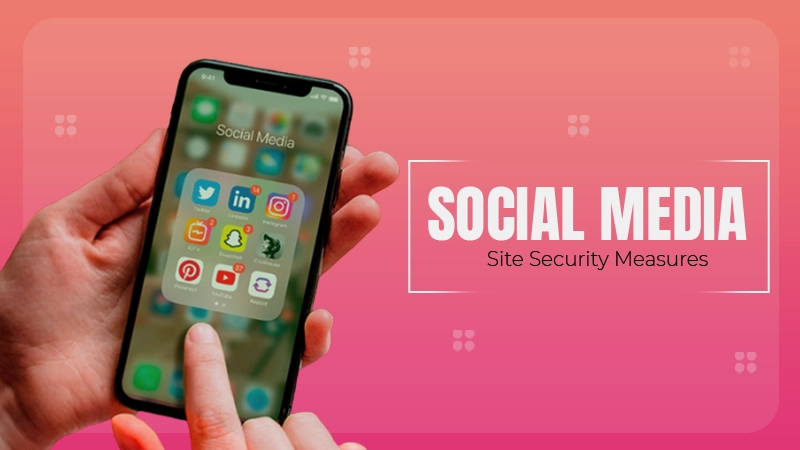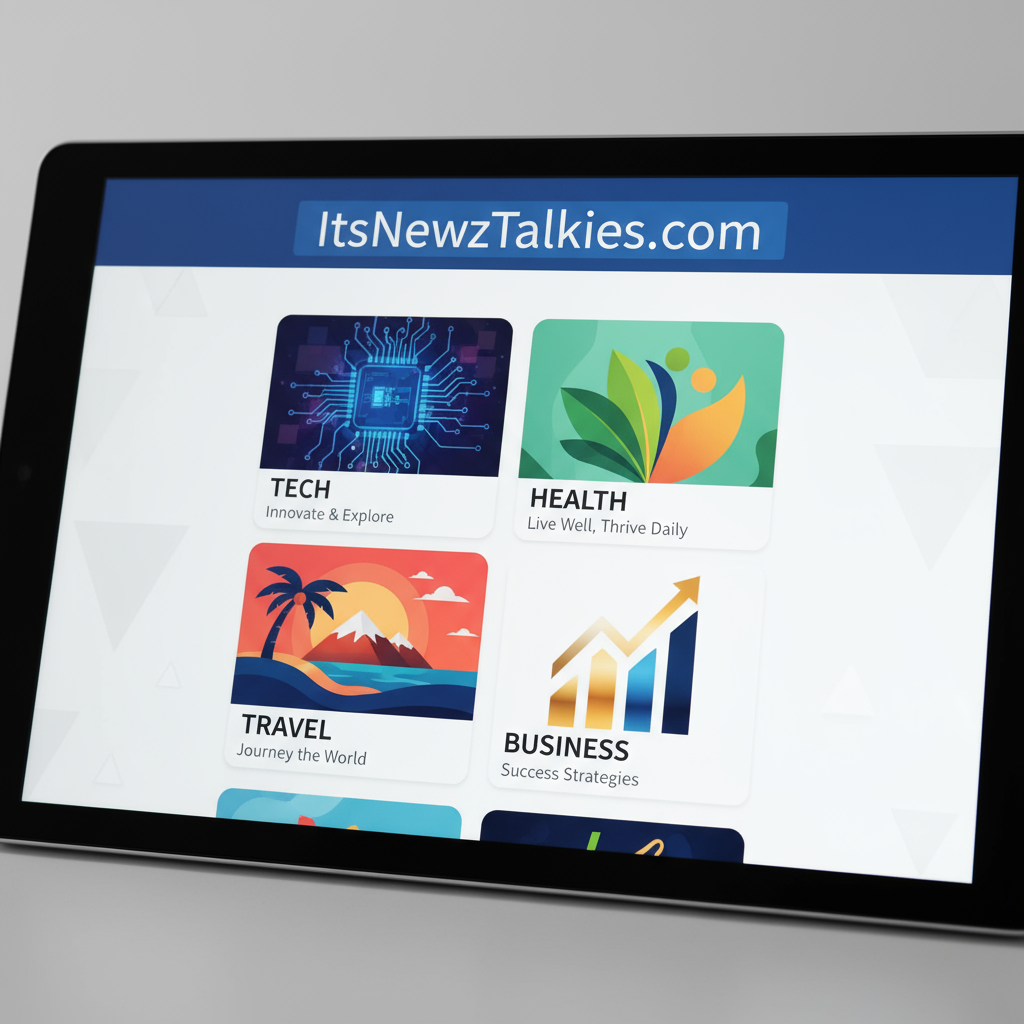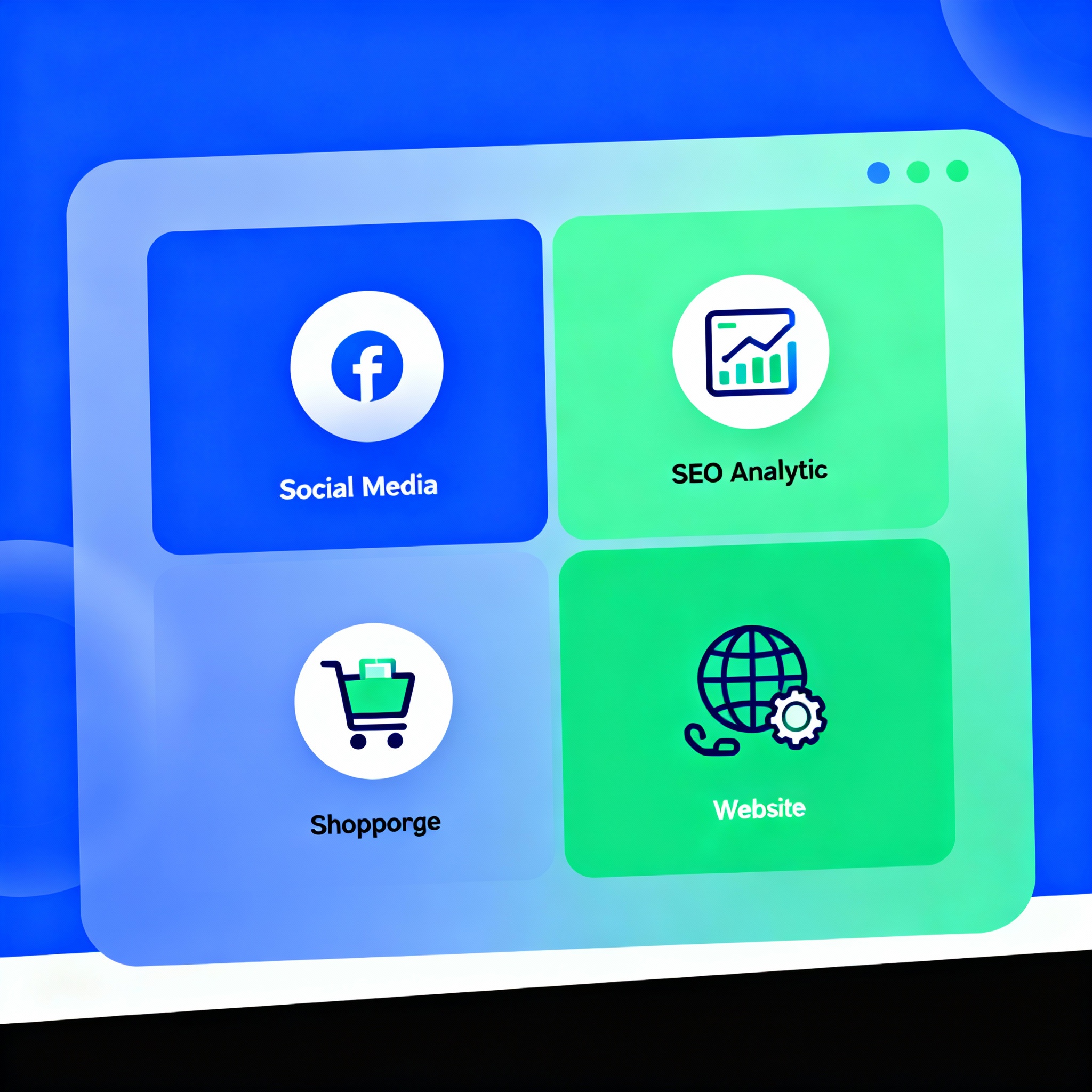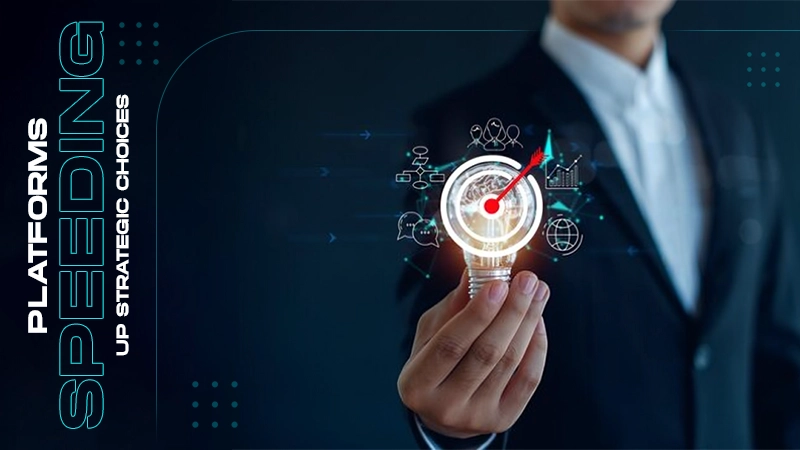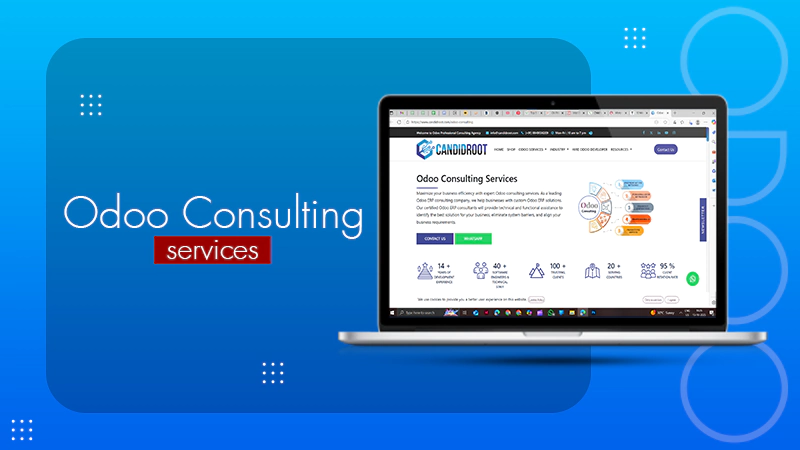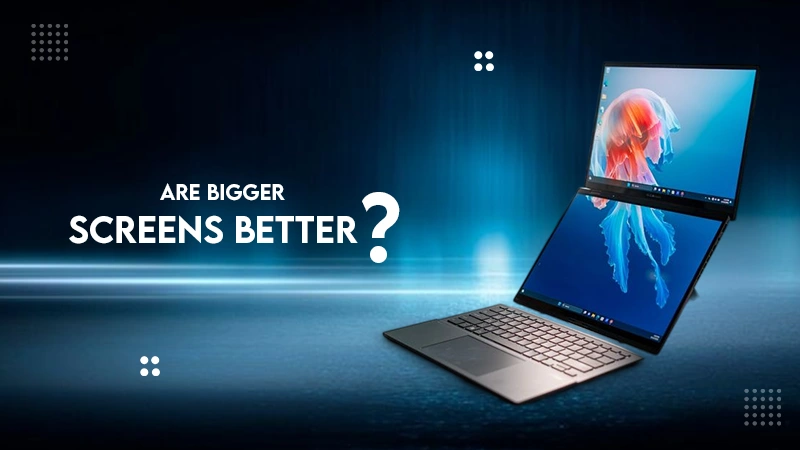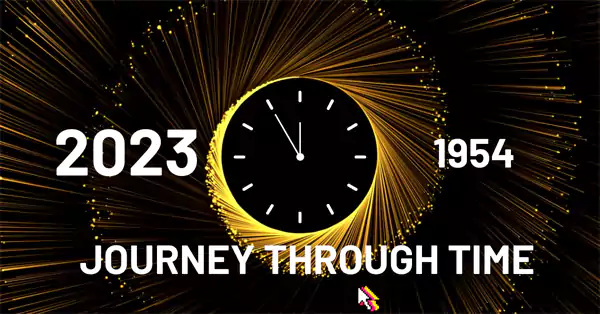
Are you excited to venture on a journey through time? We are here to take you on an adventure like no other, showcasing the most significant events and moments that have shaped the technological world.
This guide will transport you through centuries in just a few clicks, witness inventions, and experience major cultural shifts through the ages.
As you go through, you’ll have a deeper understanding of our past and how it has influenced our present.
So why wait? Buckle up and get ready to explore the fascinating world of technological history with the timeline 2023-1954!
Technological Advances: 2023-1954
Here is the timeline from 1954 to 2023 and beyond. Let’s explore together:
1954-1990: The Birth of Computing
The period from 1954 to 1990 marked the birth of computing. In 1954, IBM released the first mass-produced computer, the IBM 650. It revolutionizes data processing capabilities.
As technology advanced through the ’60s and ’70s, mainframe computers became vital for businesses and institutions worldwide.
Later, in the early ’80s, microprocessors were introduced which paved the way for personal computing. Companies like Apple and Microsoft played a vital role in this phase. How? They emerged with innovative products that brought computers into homes and offices.
Also, advancements in networking technologies laid the groundwork for what would become the Internet. Finally, Tim Berners-Lee’s invention of the World Wide Web in 1989 set off a digital revolution.
1990-2000: Internet Age, Google Takes Over the Internet
This phrase transformed how users connect and access information. With the launch of Google on 4 September 1998, the search engine redefines how online searches, making information retrieval more efficient than ever before.
Google quickly became synonymous with web browsing due to its user-friendly interface and accurate search results.
As Google gained popularity, it expanded its services beyond just search. For instance, products like Gmail, Google Maps, and YouTube. The acquisition of companies like Android also positioned Google as a key player in the mobile technology industry.
2000-2010: Mobile Revolution, The Release of the First iPhone
The beginning of the 21st century indicated the mobile revolution. It was characterized by the expansion of smartphones and mobile computing. Also, in the early 2000s, mobile devices totally changed how users communicate and interact with the technology
The first iPhone was launched by Apple on 29 June 2007. These innovative devices combined a phone, music player, and internet browser all in one compact device.
Release of the mobile devices marked a significant shift towards mobile computing and paved the way for smartphones to become a necessary part of daily lives.
2011: The Birth of Social Media Influencers
2011 marked a significant shift in the digital landscape with the emergence of social media influencers. As you all knows, influencers mostly leverage platforms like Instagram and YouTube to build loyal followings based on their content and personal brand.
They quickly became powerful voices shaping trends, opinions, and consumer behavior. Ever brands began partnering with them for influencer marketing campaigns to reach their target demographics in more relatable ways.
2016: Virtual Reality Goes Mainstream
In 2016, Virtual Reality (VR) took a giant leap into the mainstream. It was no longer just a concept in sci-fi movies; it became an accessible technology for consumers worldwide.
This technology let users immerse themselves in virtual worlds, be it for gaming, education, or even therapy. Also, VR headsets like Oculus Rift and HTC Vive made experiences way better.
2019: The Launch of 5G Technology
2019 witnessed a significant leap with the launch of 5G technology. It was the next-generation network that promised lightning-fast speeds and seamless connectivity.
The streaming of high-definition content has become smoother than ever before.
By utilizing this technology, gamers rejoice at reduced lag times and businesses explore new possibilities in remote work and IoT integration.
Other than that, it brought discussions on its potential impact on industries like healthcare, transportation, and entertainment. Hence, the promise of improved efficiency and productivity fueled excitement among people.
2023 and Beyond: The Rise of Artificial Intelligence
In 2023, there were the rise of Artificial Intelligence (AI). This technology has been integrated into various aspects of daily life and have been revolutionized industries like healthcare, finance, and transportation.
AI algorithms are capable to analyze vast amounts of data at incredible speeds. This enables businesses or industries to make more informed decisions and improve efficiency.
From virtual assistants like Siri and Alexa to autonomous vehicles, AI is shaping the world drastically.
2023 and Beyond
Several appearing technologies are projected to redefine the technological landscape, As we stand on the cusp of 2023 and beyond. Those are as follows:
- Quantum Computing
By leveraging principles of quantum mechanics, quantum computing can redefine computation. What made it possible? Exponentially, greater processing power, that are way more successful than classic computers.
Quantum systems present solutions to previously intractable problems in cryptography, materials, science, and optimization.
- Internet of Things (IoT)
The Internet of things encourages the envisioning of the world, where objects are interconnected, generating, and exchanging data autonomously. Its applications range from smart homes to industrial automation and promises efficiency, productivity, and convenience.
Despite this, smart cities leverage this technology to optimize their resource utilization and overall improve their urban living standards.
- Blockchain Technology
Blockchain technology, which is often known for its underlying framework for cryptocurrencies like Bitcoin. This technology offers decentralized and tamper-resistant data storage and verification.
Beyond finance, it is applied in supply chain management, digital identity verification, and secure voting systems.
- Biotechnology Advancements
Biotechnology advancements include gene editing techniques like CRISPR-Cas9 that hold promise for transforming healthcare and agriculture to the core.
Precision medicine approach uses genetic information to customize treatment for each patient. Gene editing can also eliminate diseases that are passed down from parents and make crops stronger against environmental stresses.
Conclusion
Now that you have gone through the timeline for 2023-1954, it’s evident that innovation has been a constant driving force shaping the world. Be it from the birth of computing to the rise of artificial intelligence, each milestone has paved the way for new possibilities and advancements.
It not only impact industries but also transformed how we live, work, and communicate.
As technological advances continue into the future, one thing remains certain i.e. technology will carry on evolving at a rapid pace. Hence, resulted in bringing both unprecedented challenges and opportunities.
The journey from 1954 to 2023 is just a glimpse into the endless possibilities that lie ahead. Embraced innovation with an open mind and a sense of curiosity for what tomorrow may bring.
Also Read: https://techybrain.net/127-0-0-1-62893/
How has technology transformed communication over the years?
By breaking down geographical barriers and enabling instant global connectivity technology has transformed communication.
What major technological advancements occurred between 2023-1954?
From the birth of computing in the 1950s to the rise of artificial intelligence in 2023, numerous technologies transformed the world.
How did virtual reality become mainstream?
Advancements in virtual reality technology propelled it into the mainstream by offering immersive experiences across various industries like gaming, entertainment, education, and healthcare.




